Introduction
In recent years, New Zealand's social media landscape has been inundated with influencers showcasing seemingly idyllic lifestyles. But behind the perfectly curated photos and videos lies a critical question: are these influencers merely promoting a fake lifestyle? This issue is particularly significant in New Zealand, where the real estate market and economic policies intersect with digital culture. As social media plays an increasingly important role in shaping perceptions, understanding the realities behind influencer lifestyles is crucial for both businesses and consumers.
Social media influencers have become powerful figures in marketing, capable of swaying consumer behavior significantly. However, the authenticity of their lifestyles has come under scrutiny, especially in a country like New Zealand, where economic realities can starkly contrast with the glamorized versions of life portrayed online. According to Stats NZ, the average household income in New Zealand has not kept pace with rising property prices, raising questions about the viability of influencer-promoted lifestyles.
Understanding the Influencer Phenomenon in New Zealand
New Zealand's influencer culture has burgeoned alongside global trends, with local influencers gaining substantial followings. These influencers often portray a lifestyle of luxury travel, high-end fashion, and exclusive events. Yet, the New Zealand economy presents a different picture. The Reserve Bank of New Zealand reports that household debt levels are at an all-time high, primarily due to soaring property prices. This economic backdrop raises questions about how influencers afford the lifestyles they promote.
Case Study: The Real Cost of Living a 'Luxury' Lifestyle in New Zealand
Problem: A popular New Zealand influencer, known for her lavish lifestyle, recently faced a financial crisis. Despite having a significant following, her income from brand deals did not cover her extravagant expenses.
Action: She decided to reveal the truth to her followers, showcasing the financial strain behind her glamorous posts. She began promoting financial literacy and transparency.
Result: Her authenticity resonated with her audience, leading to a 30% increase in follower engagement and partnerships with financial brands.
Takeaway: Authenticity can be more valuable than maintaining a facade. Influencers can benefit from aligning their portrayed lifestyle with economic realities, especially in a market like New Zealand's.
The Economics Behind Influencer Lifestyles
Many influencers rely on brand partnerships and sponsorships as their primary income sources. However, the disparity between their online personas and real-life financial situations can be stark. According to a report by MBIE, New Zealand's average disposable income is limited, making it challenging for the average Kiwi to emulate the lifestyles often depicted by influencers.
Moreover, the pressure to maintain a certain image can lead influencers into financial pitfalls. A study by the University of Auckland found that 60% of influencers felt compelled to purchase luxury items to maintain their brand, often leading to debt.
Data-Driven Insights: The True Cost of Influencer Lifestyles
In 2023, the average house price in New Zealand reached $950,000, according to Stats NZ. Despite this, many influencers continue to showcase luxury homes and expensive lifestyles. This discrepancy can create unrealistic expectations among their followers, who may not be aware of the financial realities behind such displays.
Furthermore, the cost of maintaining an influencer lifestyle extends beyond property. Travel expenses, high-end fashion, and professional photo shoots are just a few of the costs involved. For many influencers, these expenses can quickly outweigh their income, leading to financial instability.
Challenging the Myths of Influencer Lifestyles
- Myth: Influencers live entirely off brand deals.
- Reality: Many influencers have secondary jobs or rely on savings to sustain their lifestyle. According to Consumer NZ, 70% of influencers reported needing additional income sources.
- Myth: Influencers own the luxury items they showcase.
- Reality: A significant portion of the luxury goods seen in influencer content are either borrowed or rented for photoshoots.
- Myth: Influencer lifestyles are easily attainable.
- Reality: The financial strain of living up to influencer standards is often hidden, with many facing debt and financial insecurity.
The Role of Social Media in Shaping Perceptions
Social media platforms have a powerful influence on public perception, often blurring the lines between reality and fiction. In New Zealand, where the real estate market is fiercely competitive, the portrayal of effortless luxury can skew perceptions of success and happiness.
According to a survey by NZTech, 80% of social media users reported feeling pressured to match the lifestyles they see online. This pressure can have significant implications for mental health and financial well-being.
Pros vs. Cons of Influencer-Driven Marketing
Pros:
- Wide Reach: Influencers can reach vast audiences, increasing brand visibility.
- Targeted Marketing: Brands can reach specific demographics through influencer partnerships.
- Authenticity: Genuine influencers can foster trust and loyalty with their followers.
Cons:
- Costly Engagements: High fees can outweigh the return on investment.
- Risk of Inauthenticity: Fake portrayals can damage brand credibility.
- Short-Lived Trends: Influencer marketing can be fleeting, with trends changing rapidly.
Future Trends: Navigating the Influencer Economy
As the influencer industry continues to evolve, transparency and authenticity are becoming increasingly valued. In the next five years, New Zealand could see a shift towards more genuine content, with influencers focusing on relatable and realistic lifestyles.
Furthermore, emerging technologies like AI could revolutionize influencer marketing by providing more accurate data analytics, ensuring more effective and authentic collaborations between brands and influencers.
Conclusion: Navigating the Influence of Influencers
New Zealand's influencers wield significant power in shaping consumer perceptions, yet their portrayals often mask the economic realities of their lifestyles. For businesses, aligning with authentic influencers who reflect genuine experiences can foster trust and engagement. For consumers, understanding the distinction between curated content and reality is key to maintaining realistic expectations.
As the landscape of social media and influencer marketing continues to evolve, both influencers and consumers must navigate these changes with a critical eye. The future of influencer marketing in New Zealand hinges on transparency, authenticity, and the ability to adapt to an ever-changing digital world.
People Also Ask
- How does influencer culture impact New Zealand businesses? Influencer culture can significantly boost brand visibility and consumer engagement, leading to increased sales and brand loyalty.
- What are the biggest misconceptions about influencer lifestyles? Many believe influencers solely rely on brand deals, but research shows most have additional income sources to sustain their lifestyle.
- What strategies can New Zealand influencers adopt for success? Focusing on authenticity and transparency can build trust with audiences, while leveraging data analytics can enhance marketing effectiveness.
Related Search Queries
- New Zealand influencer marketing trends
- Real cost of living in New Zealand
- How to become an influencer in New Zealand
- Authenticity in influencer marketing
- Impact of social media on New Zealand economy








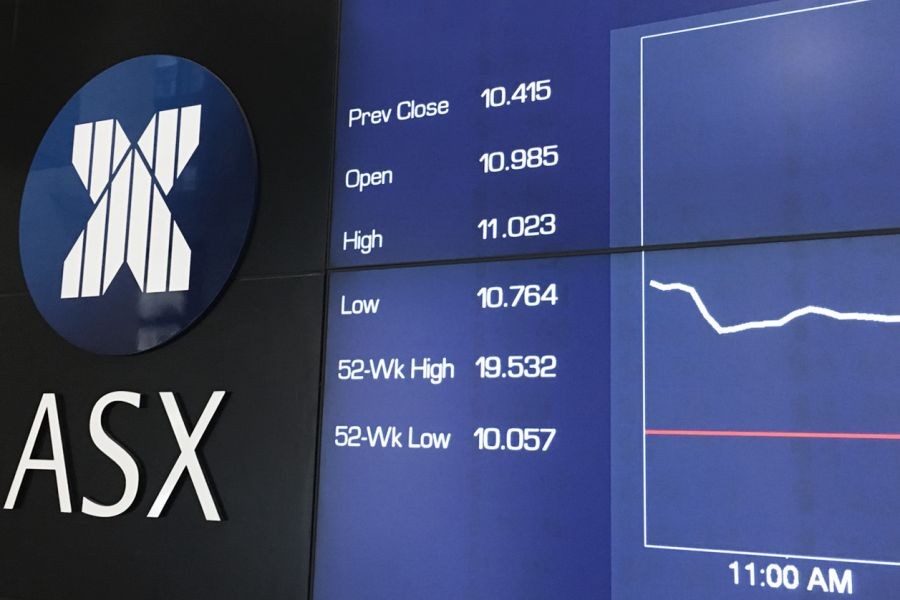


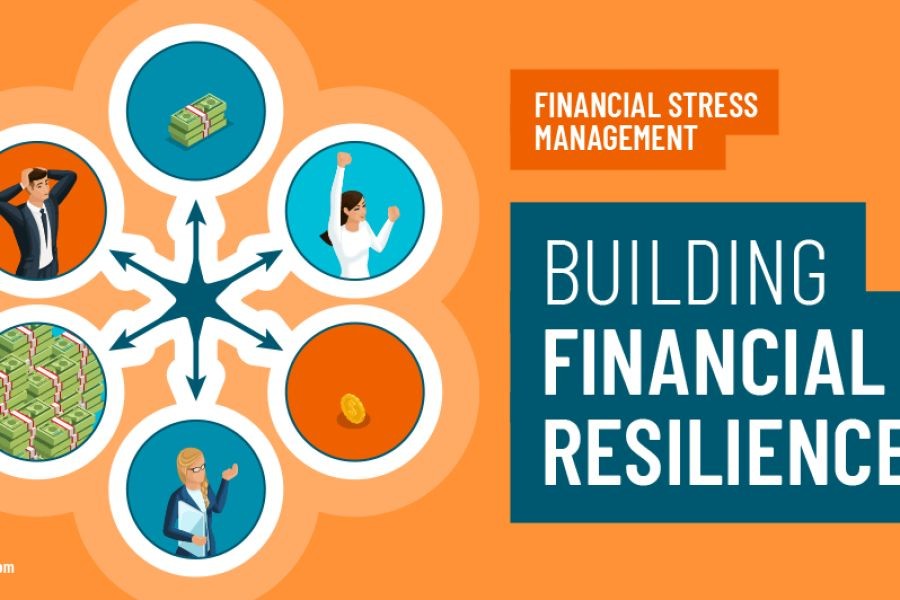




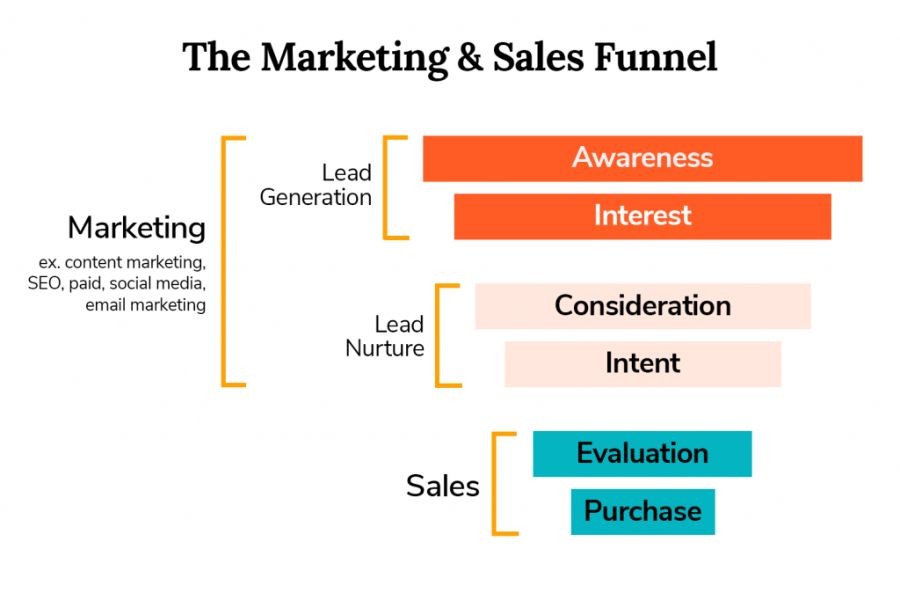


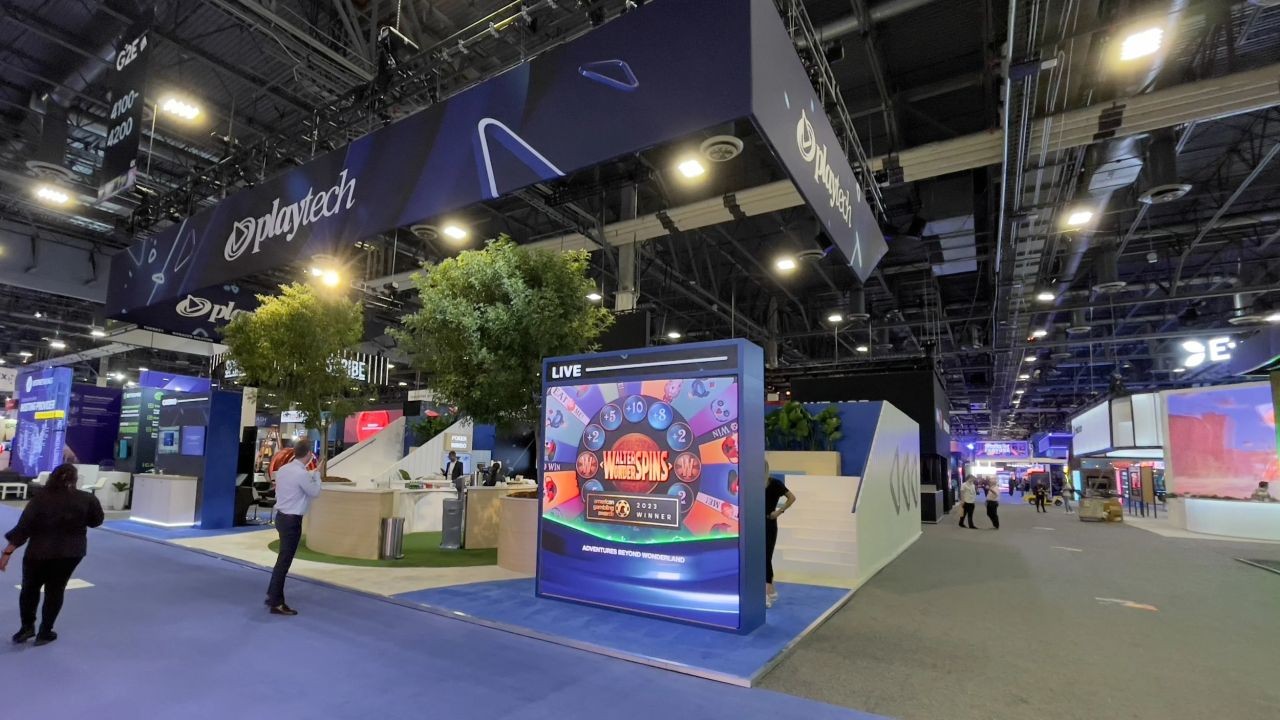

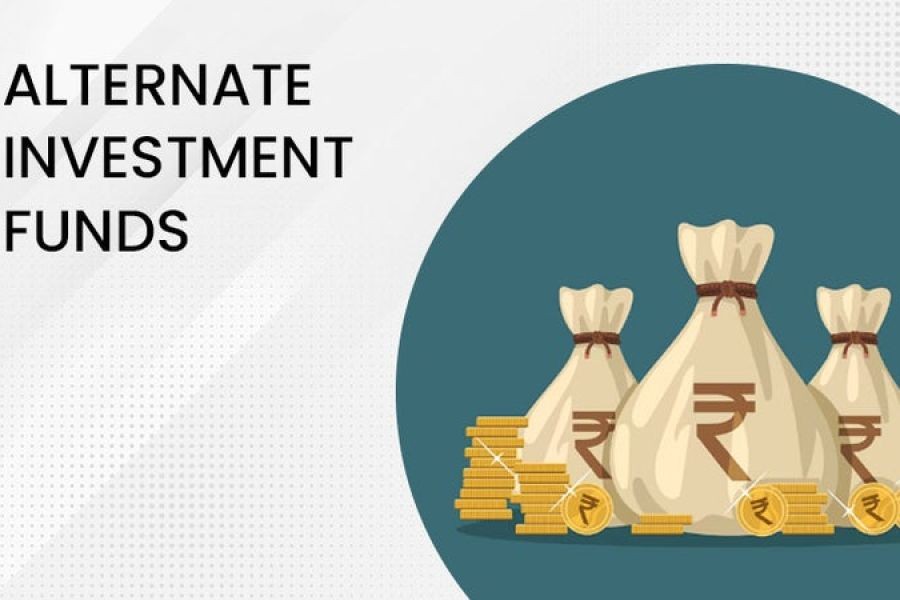







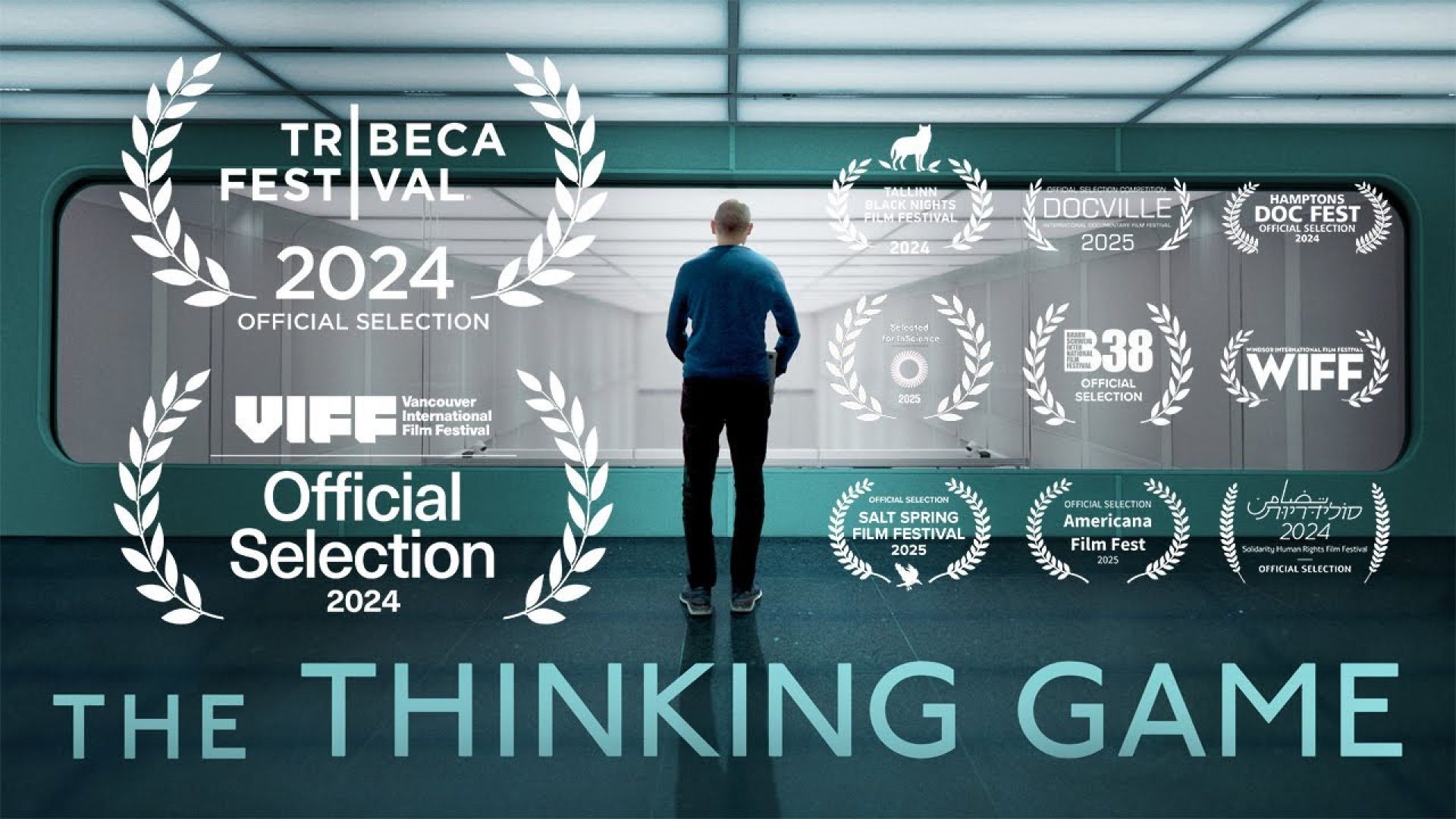

DonnaPiedr
8 months ago